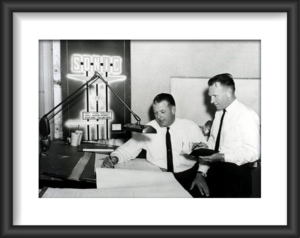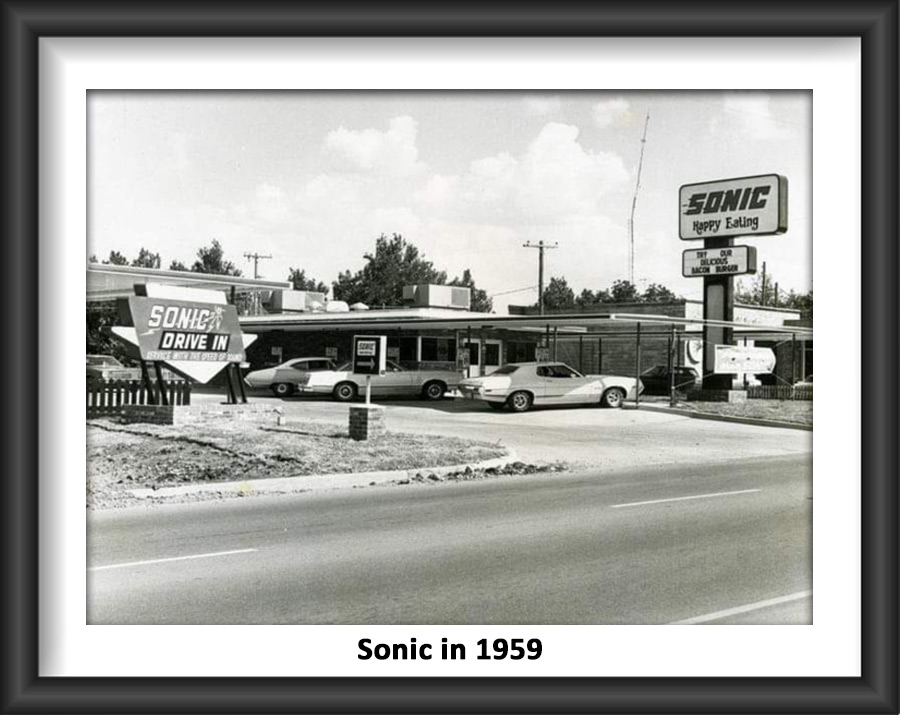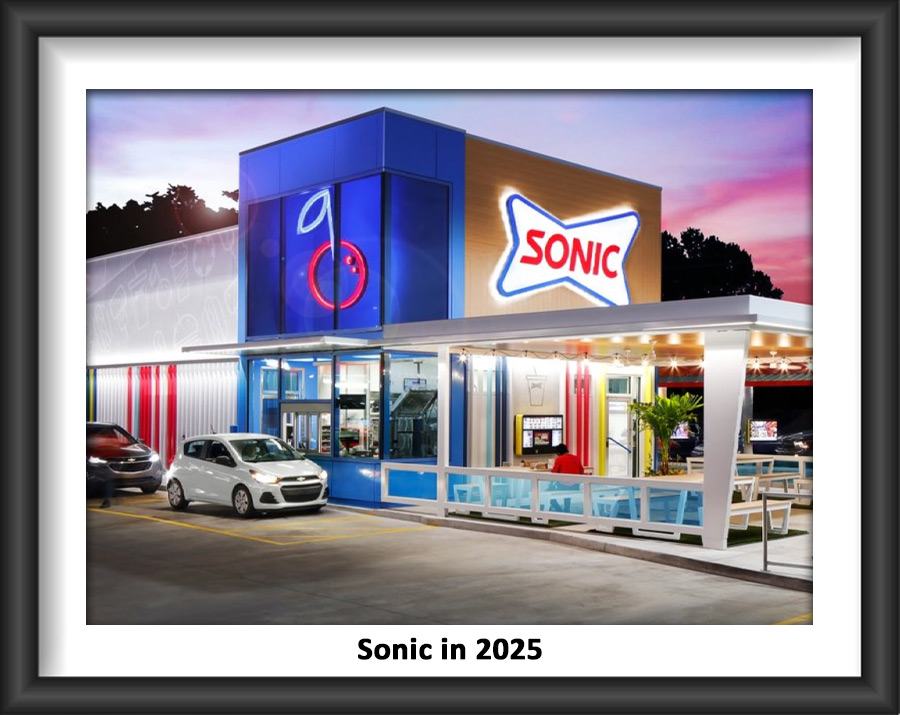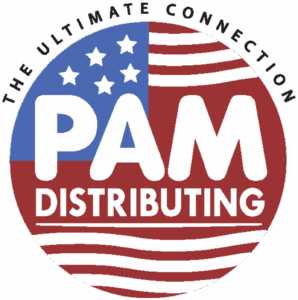Case Study: Sonic Restaurants
 Troy Smith grew up in rural Oklahoma during the Great Depression, taking on a variety of jobs early in life—from delivering milk and working in the oil fields to turning wrenches as a mechanic. Ambitious and always on the lookout for the next opportunity, he eventually found his passion in the restaurant industry. In 1948, Troy and his wife, Dollie, moved to Shawnee, Oklahoma, where he opened his first restaurant: the Cottage Café.
Troy Smith grew up in rural Oklahoma during the Great Depression, taking on a variety of jobs early in life—from delivering milk and working in the oil fields to turning wrenches as a mechanic. Ambitious and always on the lookout for the next opportunity, he eventually found his passion in the restaurant industry. In 1948, Troy and his wife, Dollie, moved to Shawnee, Oklahoma, where he opened his first restaurant: the Cottage Café.
After managing several other restaurants, Smith noticed that a small drive-in root beer stand—part of a property called the Log House—was generating the highest profit. Recognizing its potential, he shifted his focus to the drive-in, naming it Top Hat.
In 1956, while passing through Shawnee, businessman Charlie Pappe stopped at the Top Hat drive-in and was impressed by what he saw. He reached out to Smith, and the two partnered to expand the concept. They opened three more Top Hat locations, but their growth hit a snag when they discovered that the name “Top Hat” was already under copyright.
Inspired by their slogan, “Service at the Speed of Sound,” they rebranded the business as Sonic. Throughout the 1950s and 1960s, Sonic began to grow rapidly. Smith and Pappe formed partnerships with local entrepreneurs, allowing each location to adapt pricing and menu options to fit the needs of its community—a free-market approach that fueled expansion.
By 1967, the year Charlie Pappe passed away, Sonic had grown to 41 locations, laying the foundation for what would become one of America’s most iconic drive-in restaurant chains.


















